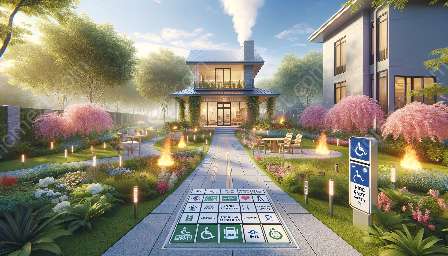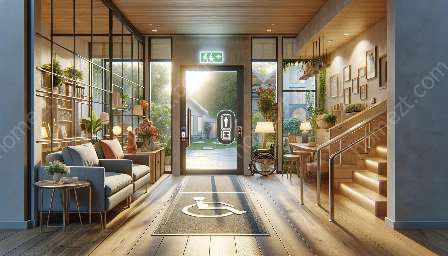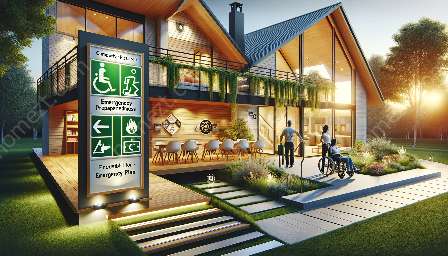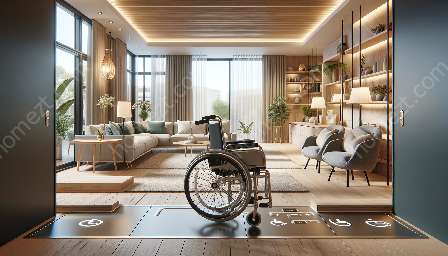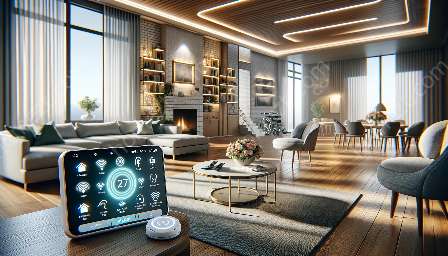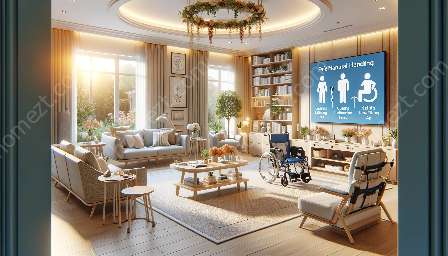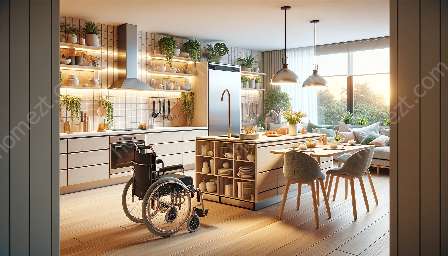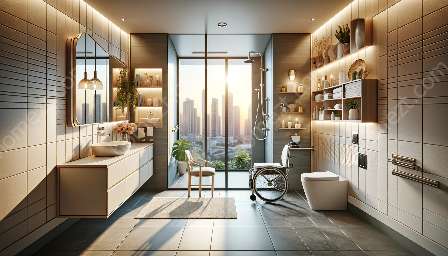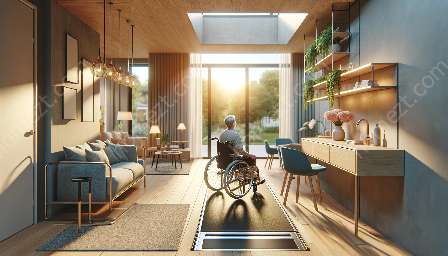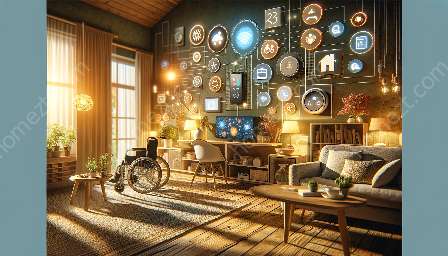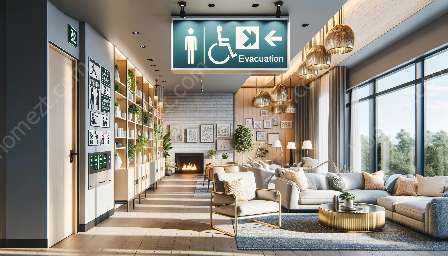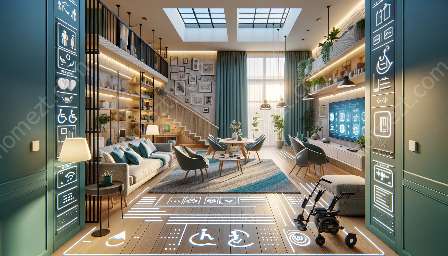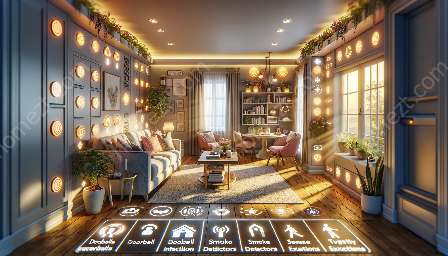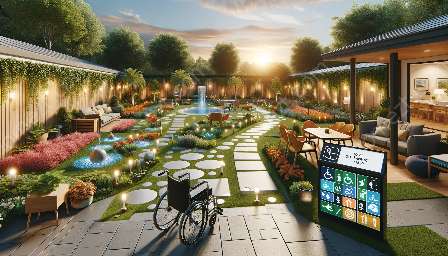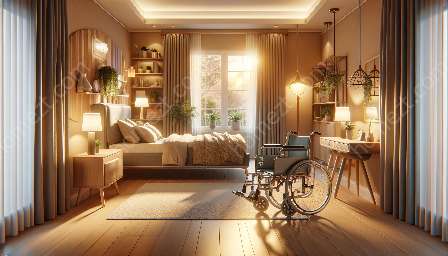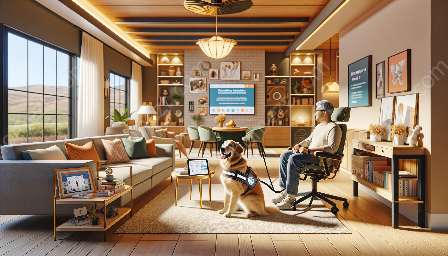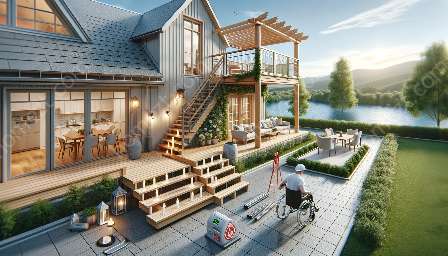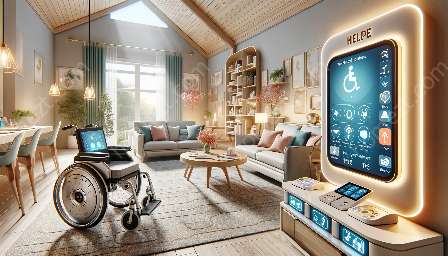Creating disability-friendly homes through universal design is essential for ensuring the safety and accessibility of individuals with disabilities. By incorporating universal design principles, homeowners can make their living spaces more inclusive and comfortable. This topic cluster explores the key elements of universal design, the importance of home safety for people with disabilities, and the integration of home safety and security features to enhance the overall living experience.
The Importance of Universal Design for Disability-Friendly Homes
Universal design aims to create products and environments that are accessible to people of all ages and abilities. When applied to home design, universal design principles ensure that living spaces are usable by individuals with disabilities, older adults, and people with varying needs. By incorporating features such as wider doorways, lever-style door handles, and adjustable countertop heights, homeowners can make their homes more accommodating to individuals with mobility, vision, or hearing impairments.
Practical Applications of Universal Design
Implementing universal design in home construction or renovation involves thoughtful planning and consideration of various factors. Some practical applications of universal design in disability-friendly homes include:
- Wider doorways and hallways to accommodate wheelchairs and mobility aids
- Smooth, non-slip flooring materials for enhanced safety
- Installation of grab bars and handrails in key areas such as bathrooms and staircases
- Adjustable and multi-height countertops for ease of use
- Accessible switches, outlets, and appliances for individuals with limited reach or dexterity
- Consideration of color contrast and lighting for people with visual impairments
Home Safety for People with Disabilities
Home safety is a critical concern for individuals with disabilities, as their living environments need to be tailored to mitigate potential hazards and promote independent living. To ensure home safety for people with disabilities, homeowners should focus on:
- Accessibility and maneuverability within the home
- Removing tripping hazards and obstacles in walkways
- Proper lighting to aid visibility and navigation
- Adjustable and adaptive features that can be personalized to individual needs
- Integration of smart home technology for enhanced safety and security
- Emergency preparedness and evacuation strategies tailored to specific disabilities
Integrating Home Safety and Security Features
Enhancing home safety for individuals with disabilities goes beyond creating a physically accessible environment. It also involves integrating security features to ensure a sense of protection and peace of mind. Some key home safety and security features for disability-friendly homes include:
- Accessible and easily operated door locks and security systems
- Surveillance cameras and smart doorbell systems for visual monitoring
- Secure and reliable communication systems for emergency situations
- Integration of smoke detectors and alert systems with visual and auditory cues
- Smart home automation for remote monitoring and control of home systems
- Collaboration with professional security providers to customize safety solutions
Conclusion
Incorporating universal design for disability-friendly homes is an integral part of creating inclusive living spaces that prioritize safety, accessibility, and comfort. By understanding the significance of universal design principles, addressing home safety concerns for people with disabilities, and integrating robust security features, homeowners can foster an environment where everyone feels secure and empowered. Embracing these concepts not only enriches the lives of individuals with disabilities but also contributes to the overall well-being of households and communities.

